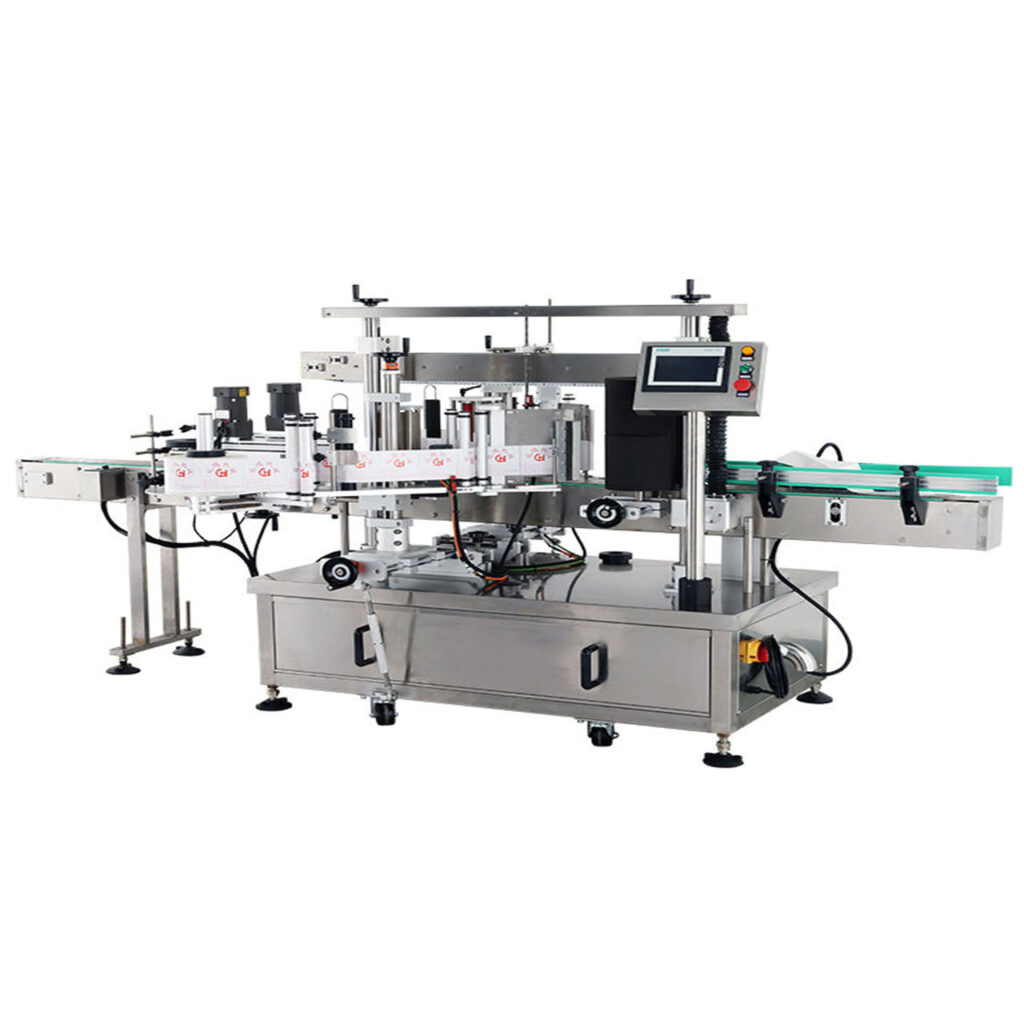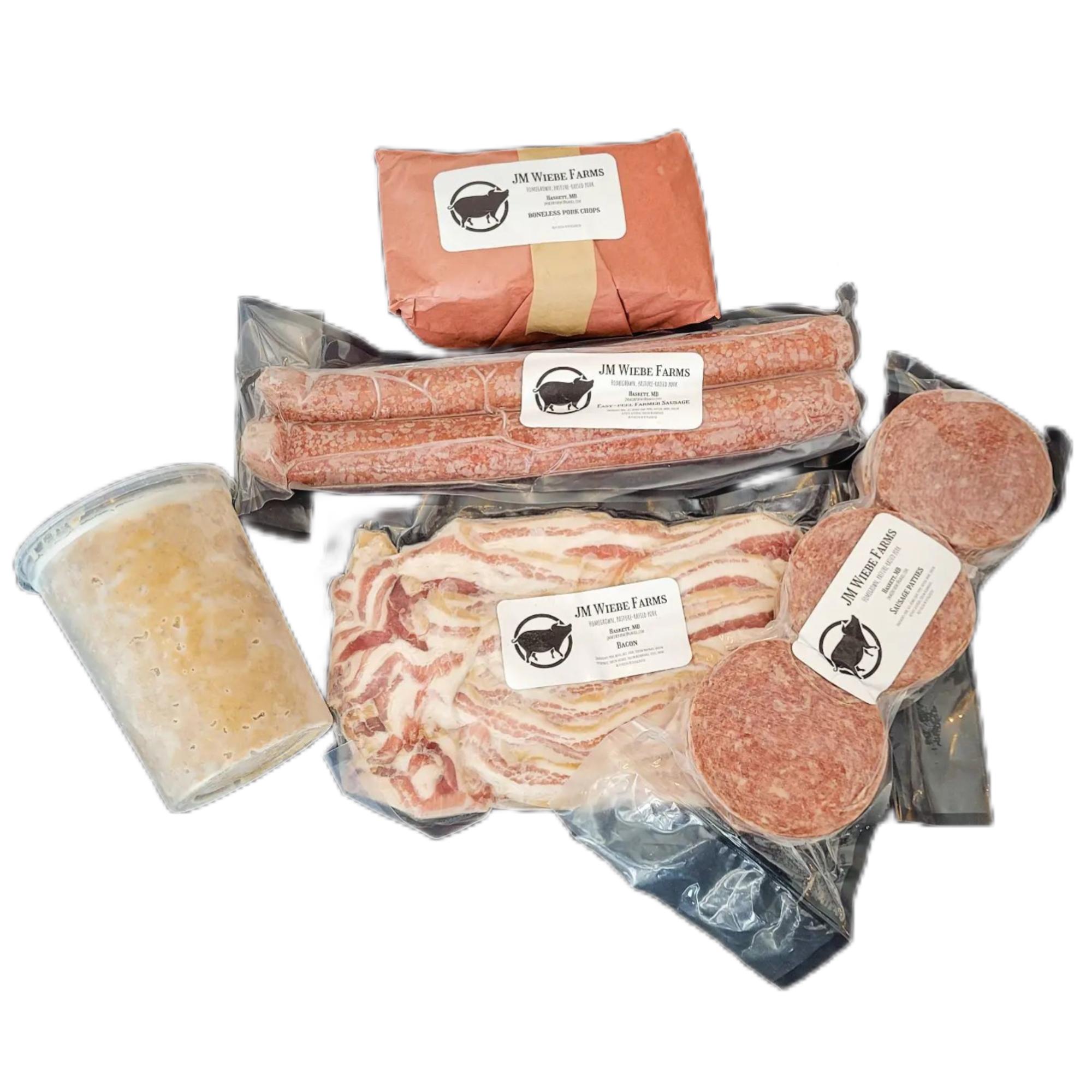We’ve been around the block with automation systems, and we can’t help but get excited about how far industrial labeling machines have come. These machines? They’re the unsung heroes of modern manufacturing. From speeding up production to improving consistency, they’re a game changer in how industries—from food to electronics—handle labeling. Let’s break this down.

What’s an Industrial Labeling Machine?
An industrial labeling machine is essentially a high-tech tool designed to apply labels on products or packages at lightning speeds. It’s like the evolution of a manual process into an automated beast that handles everything with precision. This isn’t just about sticking labels on products. These machines, whether semi-automatic or fully automatic, are designed to handle large volumes of goods with spot-on accuracy. They don’t just apply labels; they empower companies to work smarter.
Now, they can handle all kinds of materials—plastic, glass, metal. You name it. Labels come in all types too, like paper or foil. What shocked me was how these machines have adapted, offering flexibility with minimal downtime. No need for complex equipment overhauls to switch between products.
How Does Automatic Labeling Machine Work?
You might wonder how these machines can keep up with the chaos of a production line. Here’s the thing: industrial labeling machines are all about coordination. Products move down a conveyor belt, and mechanical devices work their magic to space them out. Think of it like a well-orchestrated dance. These devices include wheels, rollers, and label reels—all in sync to ensure labels are applied just right.
Depending on the machine, there are different ways labels get applied:
- Roll-on application, where labels are pressed using rollers.
- Blow-on, where compressed air positions the label.
- Tamp-on, where mechanical pads press labels onto surfaces.
The real kicker? Advanced systems that use sensors. These sensors can adjust in real-time, so labels are applied without a hitch. It’s almost like they’ve got their own brains, making sure everything stays in place.
What Types of Labeling Machine?
The sheer variety of labeling machines is wild. Here’s a breakdown of what’s out there:
- Semi-Automatic Machines: You’ll need some manual work, but these machines are perfect for low-to-mid volume operations. They’re flexible and can switch up their label formats quickly. Great for businesses that need to pivot often.
- Automatic Machines: These are for the big leagues. No manual input needed. These work best for high-volume operations. Some machines can hit 30,000 labels per hour—now that’s speed!
- Wrap-Around Machines: Think cylindrical bottles. These machines wrap labels around containers, making them ideal for industries like beverages. They maximize label space while ensuring excellent adhesion.
- Self-Adhesive Machines: The most common type, they use pressure-sensitive labels. No need for heat or extra adhesives.
And there’s more: sleeve labeling, hot and cold glue labeling… each machine type sparks a specific solution based on the product you’re labeling.
Why Does This Matter? Here’s Why
From where I stand, the automation of labeling is more than just cutting costs. Sure, it reduces labor, but there’s so much more to it. Automation ignites improvements in efficiency and consistency that would be hard to match manually. Here’s the kicker: consistent label application means consistent product quality. Every product gets the same treatment, which means the customer sees a polished, top-tier product every time.
Quality improvements don’t stop at appearance. Accuracy matters, especially when you’re dealing with things like expiration dates or regulatory information. If you think about the pharmaceutical industry, for example, these machines can apply multiple labels (with different data) with absolute precision. Imagine the nightmare if they had to do that by hand.
What Now? Try This
Alright, I’m not going to sugarcoat it: picking the right machine is a big deal. You’ve got to think about product types, production volumes, and integration into existing systems. Don’t just assume one-size-fits-all. Here’s the advice I’d give: consider your needs today, but also look at the future. Will your production volume grow? If so, then automatic machines may be the right investment. If you’re still growing and experimenting, a semi-automatic system could do wonders.
At the end of the day, these machines are a crucial part of the future of manufacturing. The industry is all about speed, consistency, and adaptability. As these systems evolve, they’ll keep pushing boundaries. Make sure to invest in the right technology, and watch your production reach new heights.








